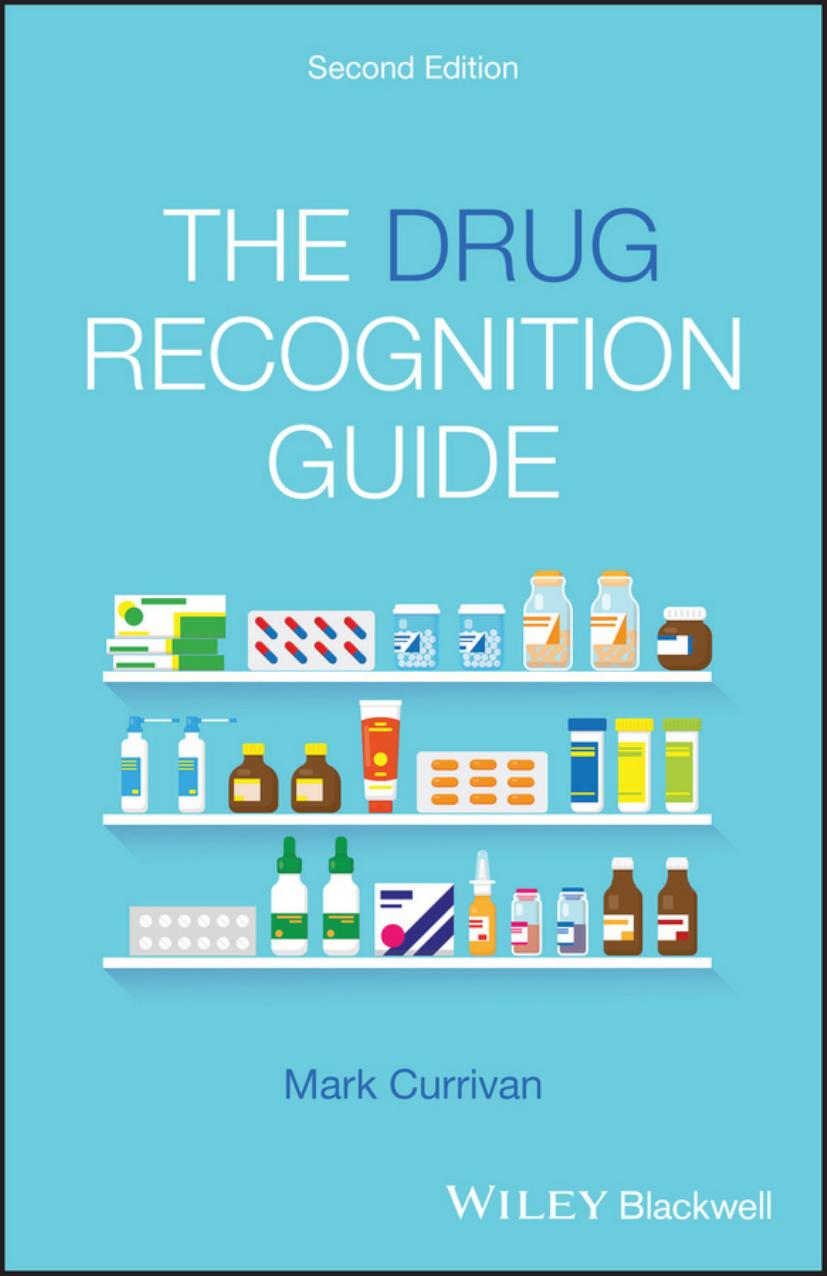

Most ebook files are in PDF format, so you can easily read them using various software such as Foxit Reader or directly on the Google Chrome browser.
Some ebook files are released by publishers in other formats such as .awz, .mobi, .epub, .fb2, etc. You may need to install specific software to read these formats on mobile/PC, such as Calibre.
Please read the tutorial at this link: https://ebookbell.com/faq
We offer FREE conversion to the popular formats you request; however, this may take some time. Therefore, right after payment, please email us, and we will try to provide the service as quickly as possible.
For some exceptional file formats or broken links (if any), please refrain from opening any disputes. Instead, email us first, and we will try to assist within a maximum of 6 hours.
EbookBell Team

4.7
16 reviewsOrganised by class and use, the book's ten chapters cover a comprehensive range of drugs, including chemotherapy and immunosuppressants, drugs that affect the cardiovascular and respiratory systems, drugs used to manage pain, treat infectious diseases, and many others. Each entry briefly summarises a particular class of drugs, describes the intended use of drugs within the class, and breaks down the “name stems” of individual drugs to reveal useful information and illustrate connections between chemically and therapeutically related medicines.
Presenting an original, easy-to-use approach to the complex subject of drug classification, this invaluable learning aid
Provides a thorough yet accessible way for students and practitioners to increase their understanding of medications and their application
Helps students to clearly read and pronounce even the most difficult generic drug names
Highlights the letters in generic drug names to enable students to recognise drugs immediately
Explains who assigns a generic drug name and what the name represents
Includes an introduction to generic and proprietary drug names and design motifs
The Drug Recognition Guide is essential reading for nursing and medical students, pharmacy students and technicians, as well as nurse practitioners and trainee and junior doctors.